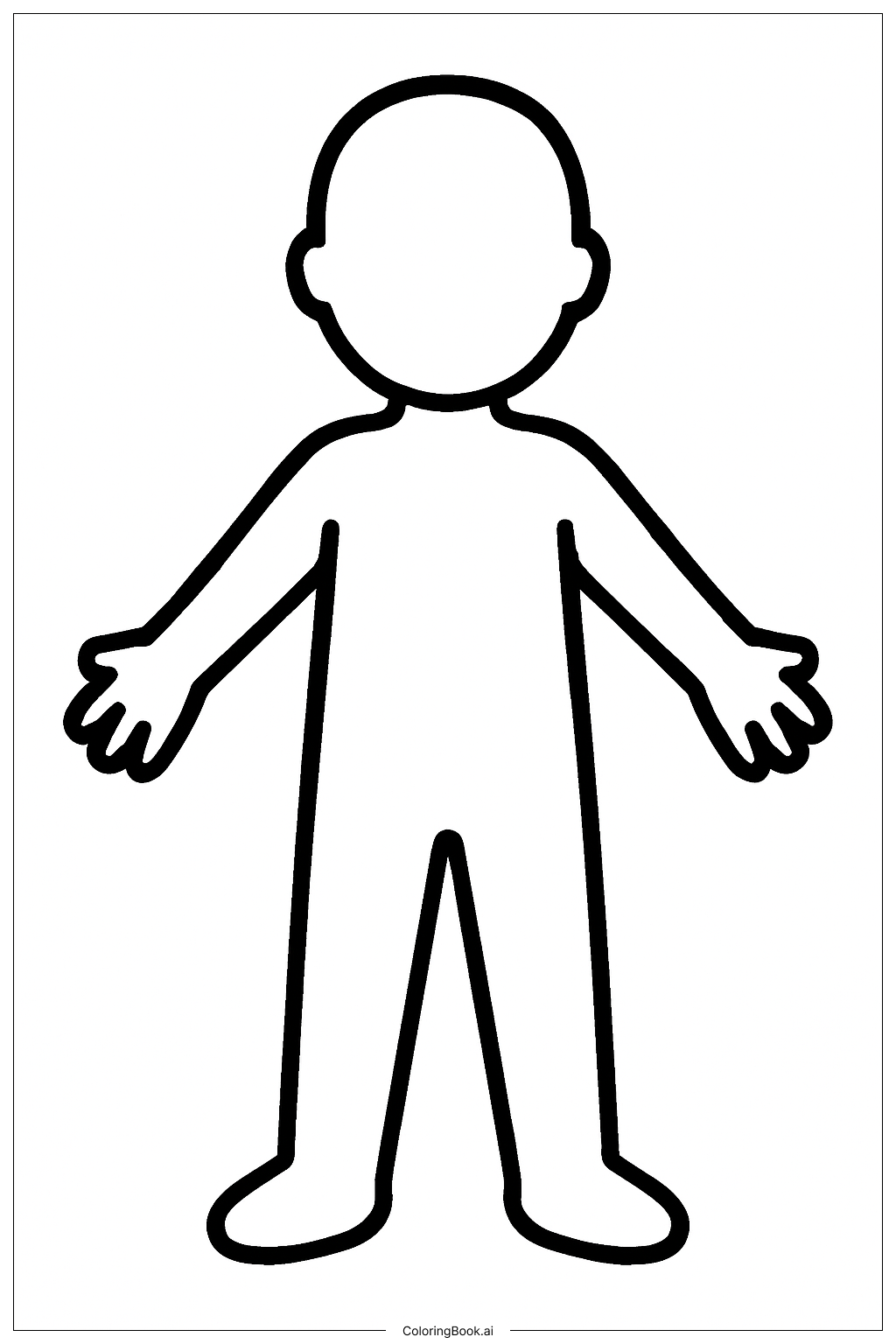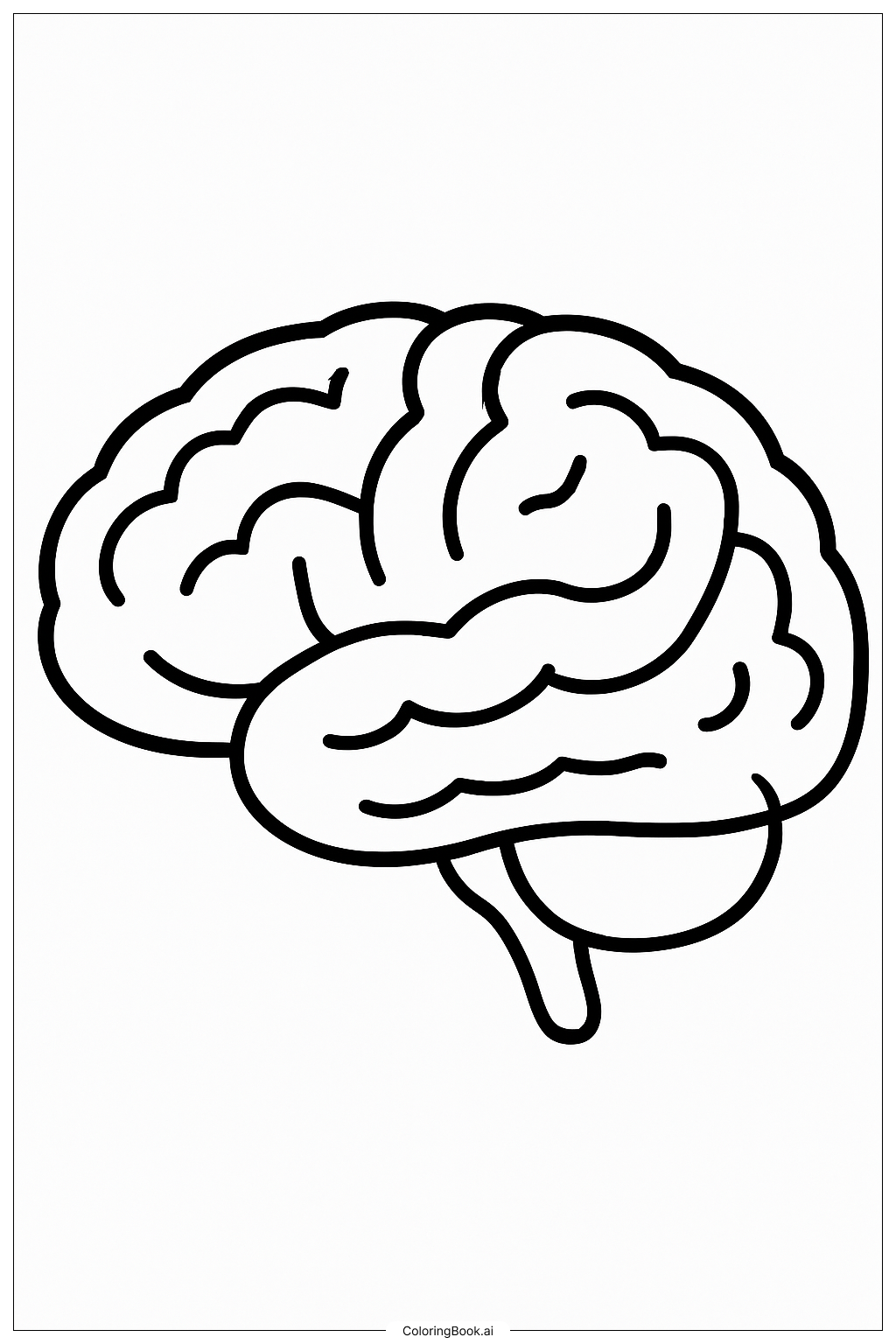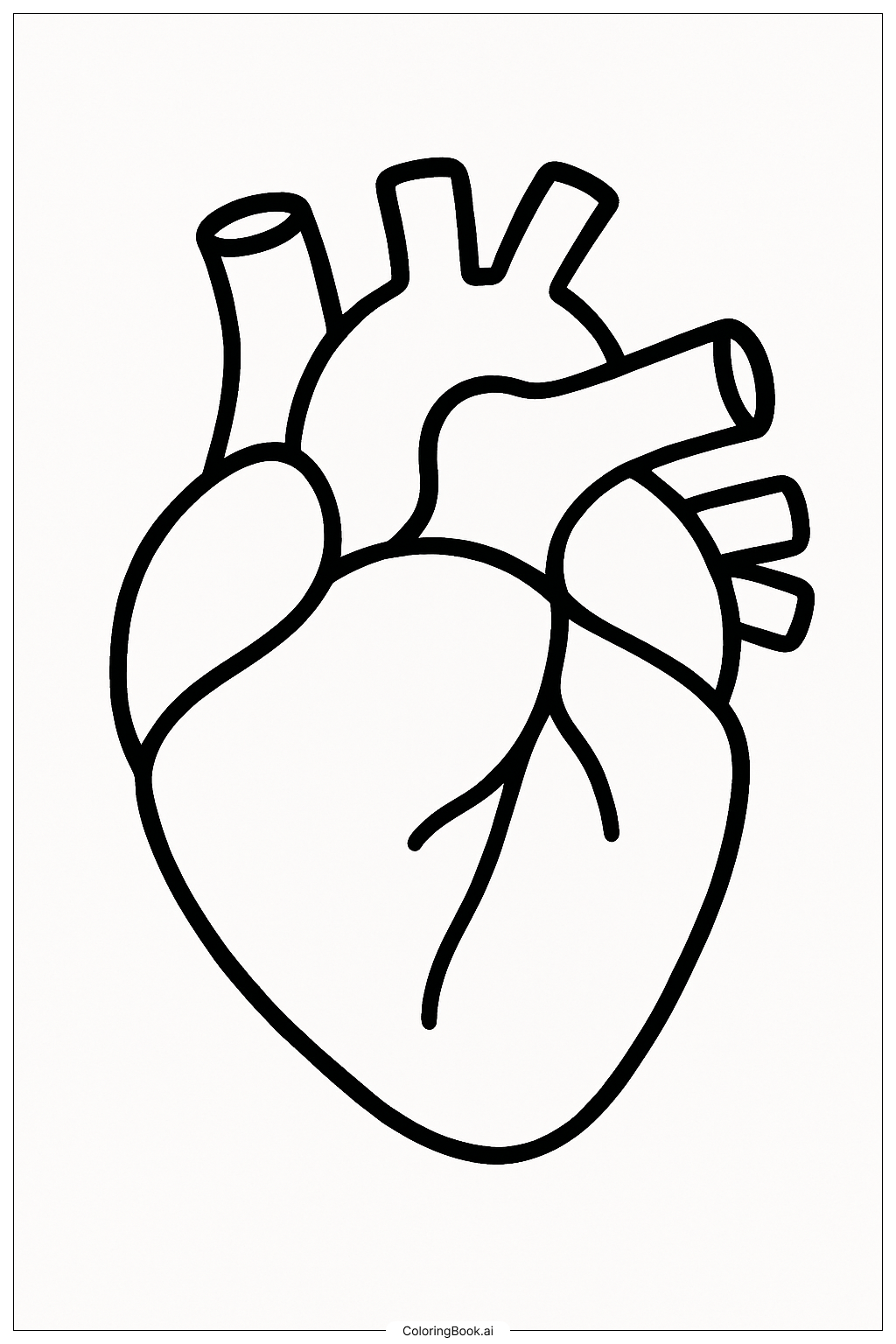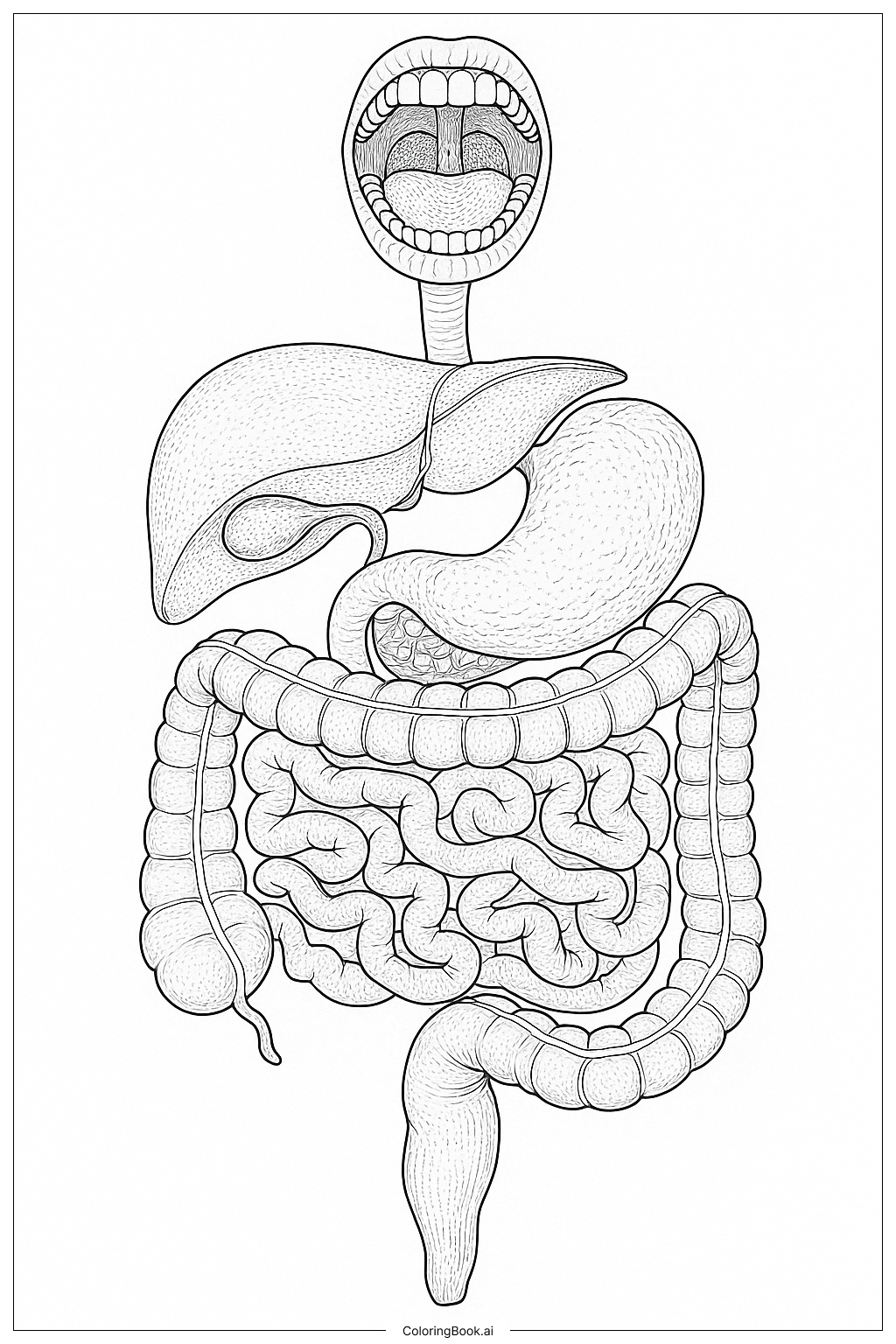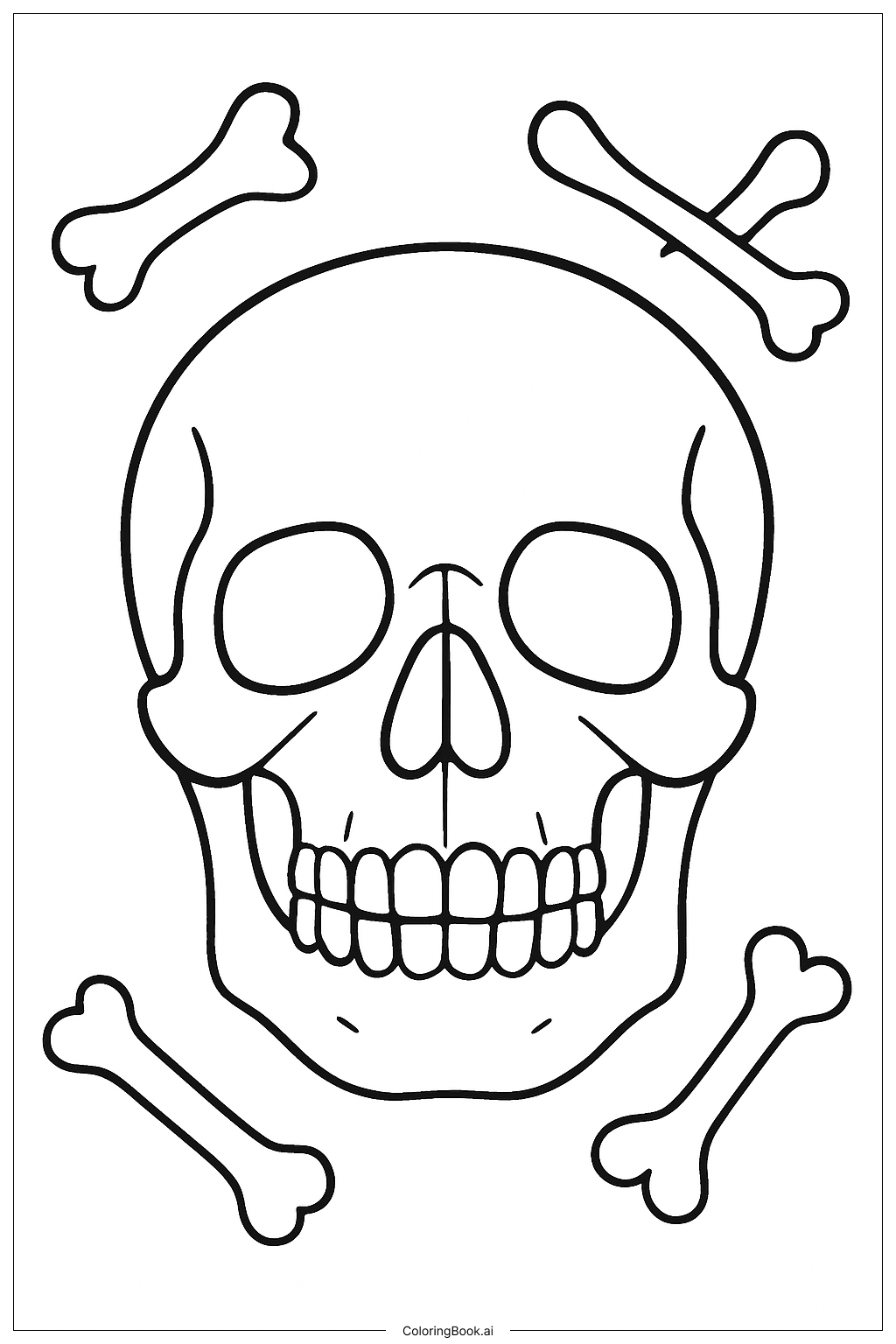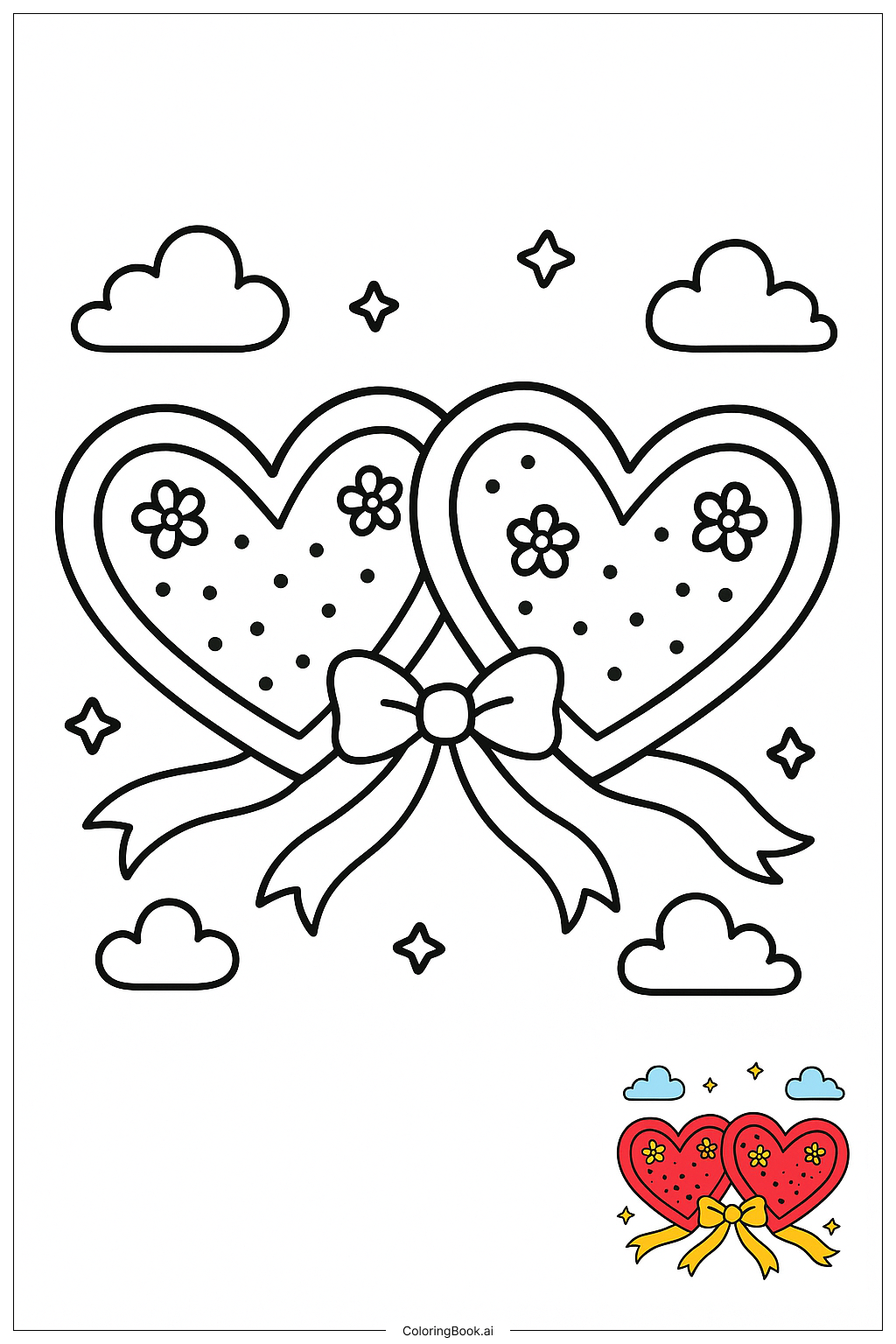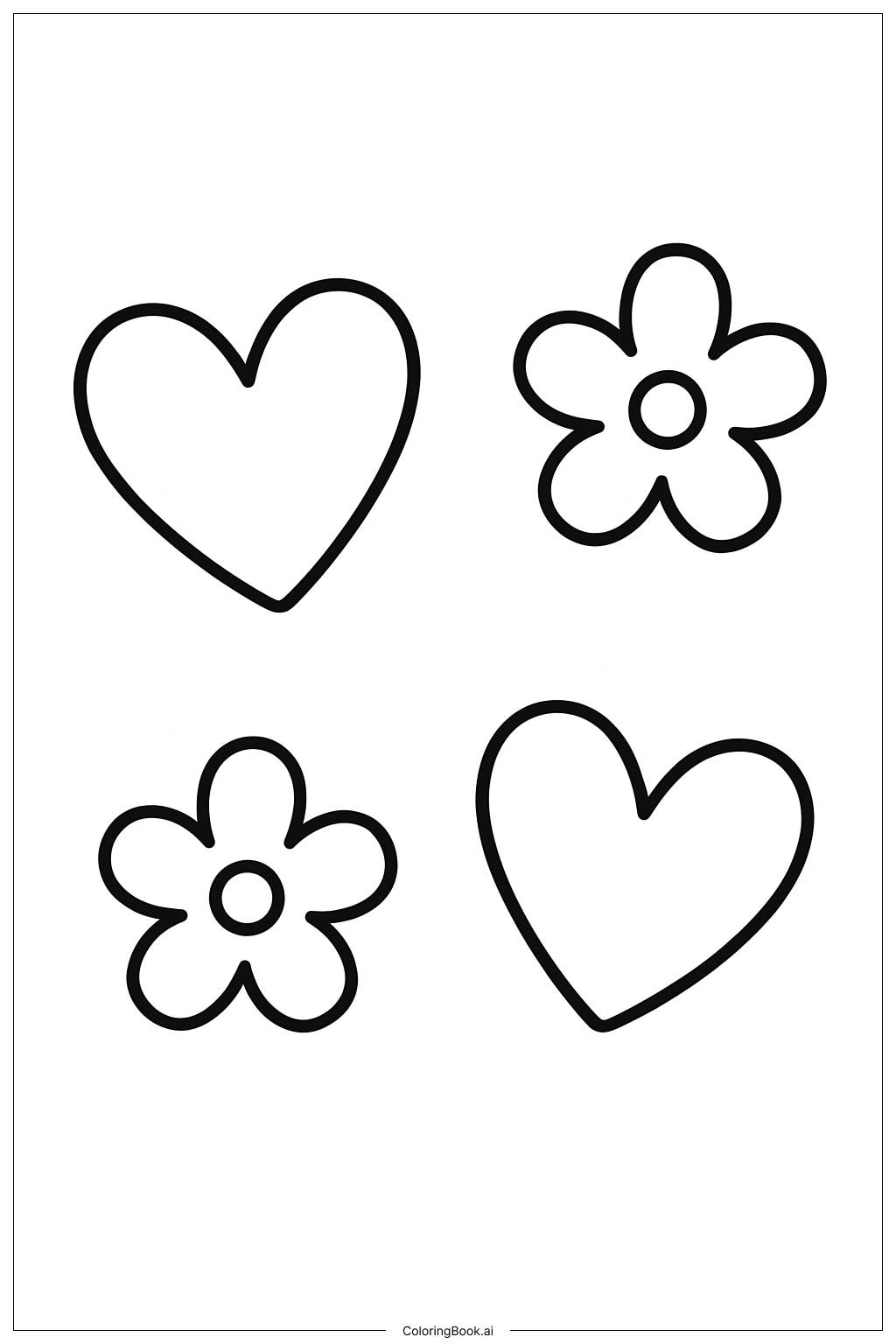Coloring tips: How to color Simple Human Body Anatomy Outline coloring page well?
When coloring this human body outline, you can use a variety of colors to make it fun and educational. Start by picking skin tones for the face, arms, and legs. You can mix different shades to create a natural look. Use bright colors for the clothes or imagine dressing the person in colorful clothes. You could color the hands and feet in slightly different tones to show detail. To make it more interesting, use crayons, markers, or colored pencils. Remember to color inside the lines carefully to keep the picture neat. You can also add patterns or designs on the body to be creative. Finally, use different colors for the background to help the outline stand out.
Coloring challenges: Which parts are difficult to color and need attention for Simple Human Body Anatomy Outline coloring page?
1. The picture has thin spaces between the fingers, which can be tricky to color without going outside the lines. It needs careful hand control. 2. The large head and body areas may encourage coloring with broad strokes, but staying inside the thicker outline requires focus. 3. The simplicity of the outline means areas to color are large but lack detail, so keeping interest while filling these spaces could be a challenge. 4. Children might find it difficult to make the body parts look realistic because no facial features or other small details are shown. 5. Coloring different skin tones in a single body might require mixing colors carefully, which could be hard for younger kids.
Benefits of coloring books: Advantages of drawing Simple Human Body Anatomy Outline coloring page
Coloring this simple human body outline helps children learn about body parts in a fun way. It teaches hand-eye coordination and fine motor skills by encouraging careful coloring inside the lines. It also sparks creativity as children decide which colors to use and whether to add designs or clothes. This activity can improve focus and patience. Additionally, coloring the human body promotes awareness of oneself and can be a good start to learning about anatomy. Overall, it supports both artistic expression and cognitive development.
